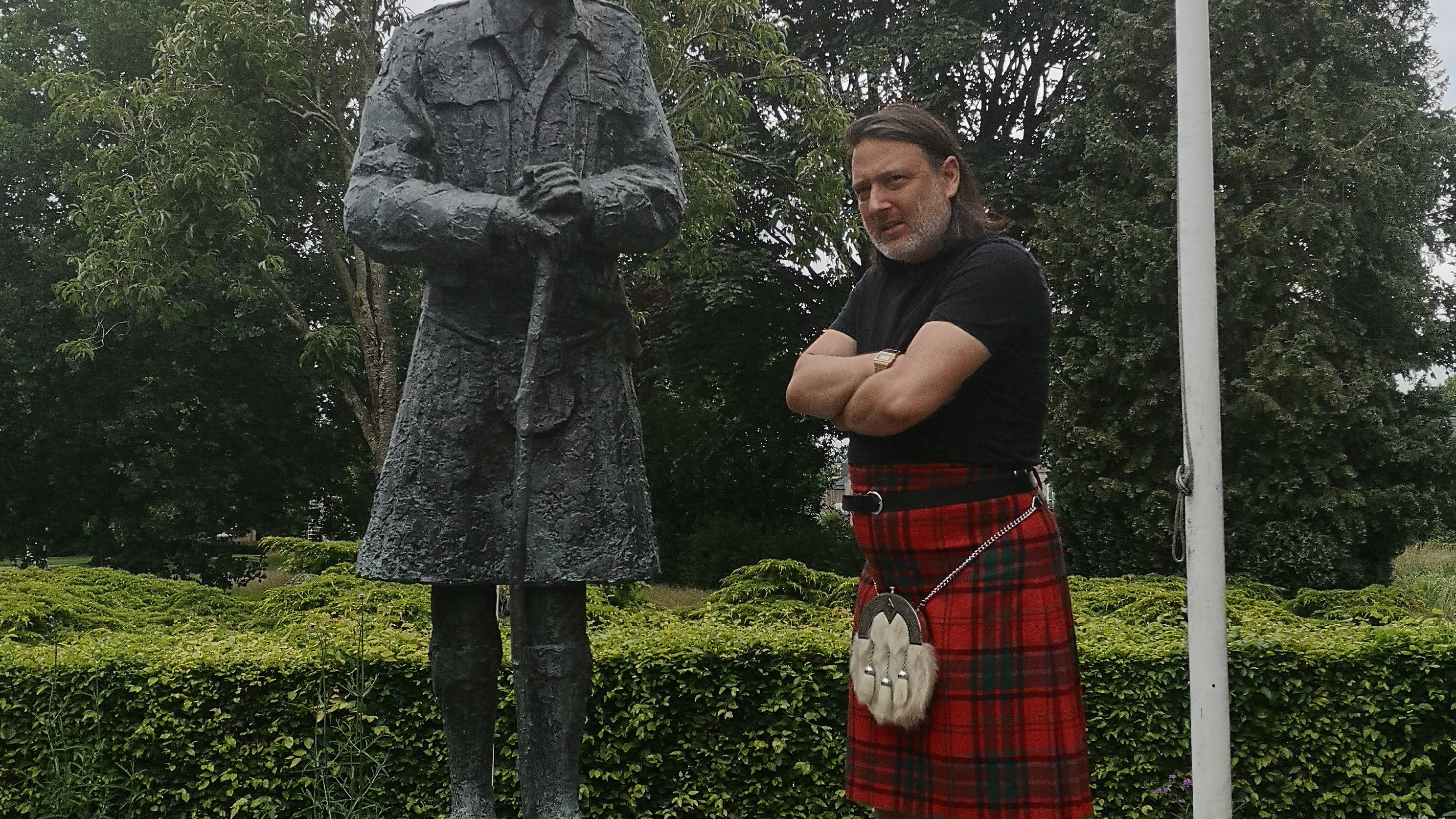Hannes Meyer, who was dismissed from his post as head of the Bauhaus in 1930, said that "architecture as the emotional act of the artist has no justification" absurdly thinking up the following "motives" for building a house:
1. sex life 2. sleeping habits 3. pets 4. gardening 5. personal hygiene 6. weather protection
7. hygiene in the home 8. car maintenance 9. cooking 10. heating 11. exposure to the sun 12. services
7. hygiene in the home 8. car maintenance 9. cooking 10. heating 11. exposure to the sun 12. services
Meyer explains: "these are the only motives when building a house. We examine the daily routine of everyone who lives in the house and this gives us the functional diagram - the functional diagram and the economic programme are the determining principles of the building project."
The 27th September is my birthday, and I'm not a huge fan of marking the event. Consequently I have for many years taken myself for a meal at IKEA, a shop I particularly dislike, in order to uncelebrate the event. To me, IKEA is the embodiment of the reductio ad absurdum of the Bauhaus misinterpreted. By removing emotion from the equation we become vapid consumers, pushing trolleys around buying functional goods for which we have no use. The end result of divorcing oneself from the emotional act can be seen in the video embedded below. The background to this video can be found here: http://tinyurl.com/functional-act
I will explore and expose the absurdity of this statement by Hannes by first visiting the ISOKON Building, London, NW6 (where Walter Gropius lived in London) and then travelling to IKEA in Brent Cross London NW4. In in each location I will ask at least twelve people at least one question based on at least one of the twelve motives of Meyer. I will also contemplate the twelve motives myself whilst eating Swedish Meatballs in the IKEA restaurant. At some point I will become emotional.








